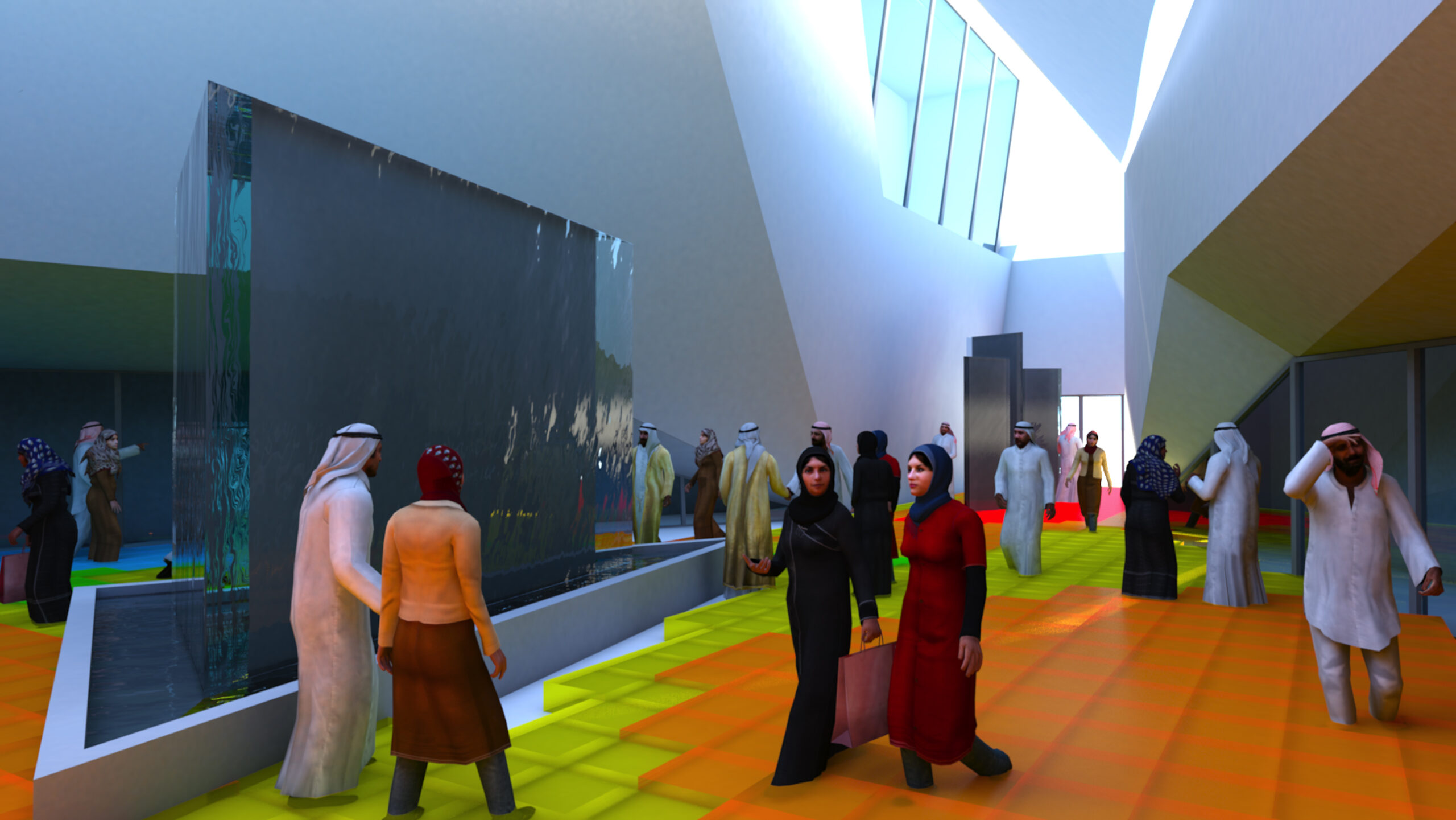Technology devised in Christchurch to help improve comfort in outdoor urban settings, is now being used in the Middle East for the exact opposite reason from that originally intended – to keep people cool in the scorching desert environment, rather than warm in New Zealand’s more temperate climate. Engineering firm Aurecon has created an urban comfort assessment model where they can predict the combined influence of wind, sun and shade, sun angle, solar radiation, temperature and humidity in outdoor areas in and around urban precincts to give an overall assessment of comfort across an area. They have already undertaken urban comfort assessments in Christchurch and are now undertaking a study on a proposed shopping complex in Abu Dhabi.
Mike Green, engineering meteorologist for Aurecon, said that there was a certain irony in that the modelling tool developed to identify and mitigate against cold areas, was now being used on the other side of the world for the opposite reason. “When we were creating this model we were focusing more on protecting people from the cool winds often experienced in New Zealand, rather than the searing 50ºC plus temperatures of the Middle East and the application of our software in relation to an outdoor shopping centre,” he says.
The brief from the Middle East developers was to know whether, by introducing shading and mechanical cooling, they could make outdoor conditions comfortable during the hottest times of the year; conditions that felt more like 38ºC rather than 50ºC. “Our solution is a mixture of building angle and positioning, landscaping considerations supported by mechanical solutions such as retractable shading and chilled waterfalls and walls,” says Green. “The pedestrian streets in the mall are oriented in a north/south direction to maximise shading from buildings, the piazzas are in a rhombus or diamond shape also to achieve maximum shading, and a retractable shading system installed above each piazza provide sun protection in the hot season.”
Aurecom mechanical engineer David Haylock says they’ve incorporated several methods to cool the outdoor areas such as cooled walls and floor slabs. It was found that with chilled water fountains they could get lower temperatures without the need to worry about condensation. The fountain will be chilled to around 7ºC and will provide a film of water over the face of a perspex waterfall. “The water will provide a high level of radiant cooling as well as evaporative and convective cooling,” he says.
Mike Green says the international recognition is welcomed but they still see their greatest opportunities here in New Zealand. “If, in the design process, we are able to identify and create areas that people find comfortable, they are more likely to be more attracted to that particular area and will stay longer. If you’re in retail and hospitality, you want to know where these places are or how to create them. More people, staying longer, generally means more business, more turnover, more profit, greater success.”
Photo: The chilled water fountain is centrepiece of this artist’s impression of the shopping centre. The floor colours represent thermal comfort; green being ideal, orange warmer and red uncomfortably hot.




